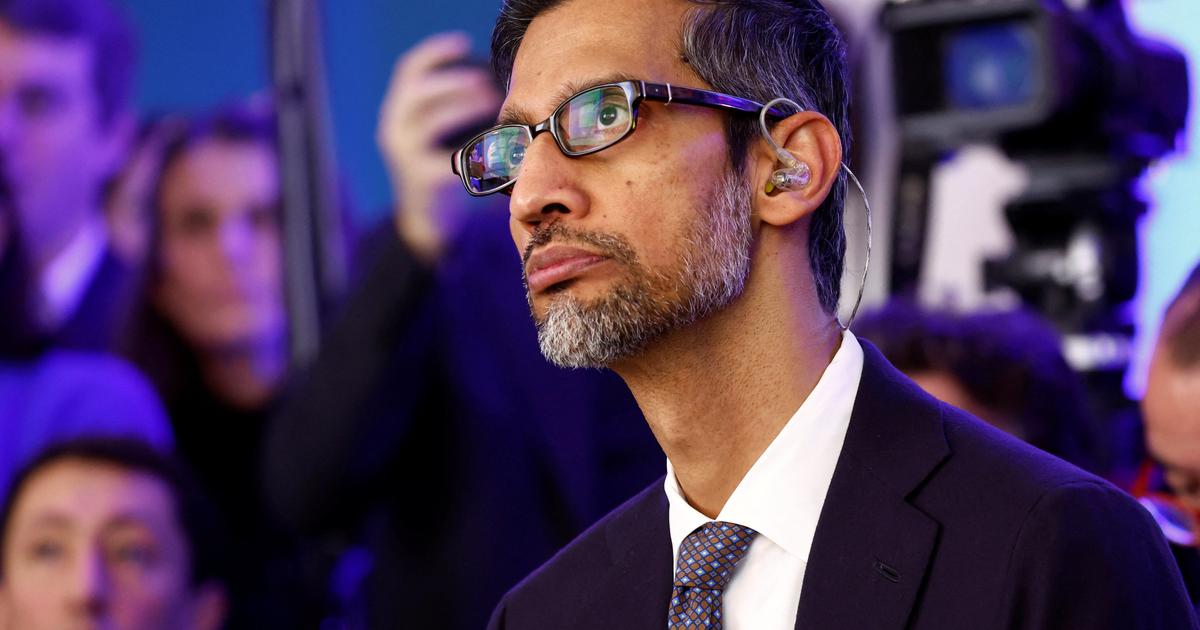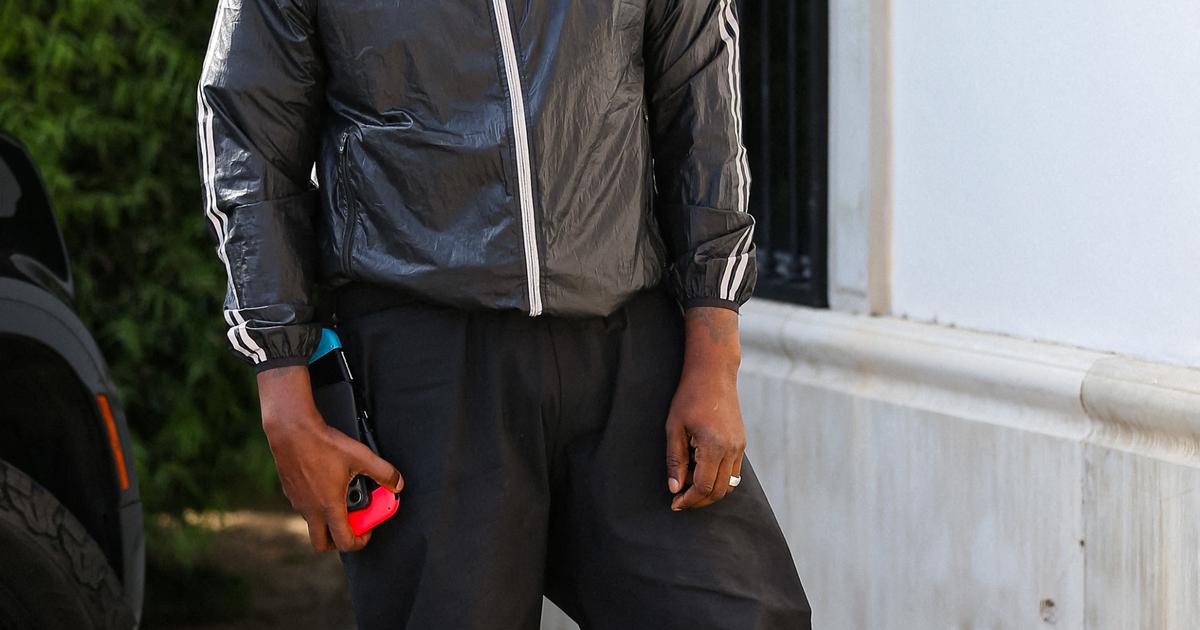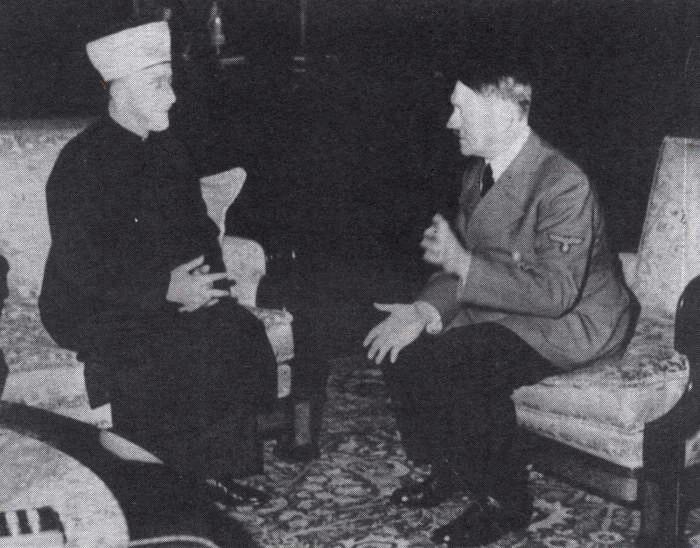Otherwise he did not know what to do.
Viktor Brandl, 24, administrative secretary in Wertingen, Bavaria, typed the frustration off his mind on his typewriter.
For years he had been involved in the Hitler Youth and had climbed the lower steps of the NSDAP youth organization: Adjutant in the local command post, leader of a following with 26 communities, responsible for over 200 young people.
But things weren't going well.
Brandl hoped that there would be a way to go to Hitler personally and report to him.
In November 1938 he wrote a letter to Ulrich Graf.
The NSDAP member of the Reichstag should open doors to Berlin for him.
Ulrich Graf was not a nobody.
Graf had been at his side during Hitler's attempted coup on November 9, 1923 in Munich.
In the exchange of fire with the police, Graf had thrown himself protectively at Hitler and almost died himself.
Hitler's bodyguard is said to have riddled eleven bullets.
Brandl's plan: who, if not this "old fighter", could carry his concern up to the top floor?
“Please don't be angry with me,” he groped carefully, “if I bother you with an unpleasant matter today.
But the very awareness that you, as the Führer’s most loyal fellow campaigner, have remained the same […] simple National Socialist who is always there for the little man, encourages me to write to you. "
Enlarge image
Hitler Youth Leader Viktor Brandl: Hoped to talk to Hitler
Photo: Wertingen City Archives
What Brandl now described was unheard of.
And it is still irritating today.
Brandl claimed that the Hitler Youth's situation was desolate.
He fell on deaf ears with his superiors.
In the communities in which he was responsible and knew his way around, only around 30 percent of young people aged 14 and over are even recorded as members.
Worse still, most of these Hitler Youth members are just on paper.
In reality - assuming an optimistic calculation - at most 60 percent of them are active.
The rest stay at home, hardly or not at all to be seen.
“In 1933 and 1934,” Brandl wrote, “millions of young people joined the ranks of the Hitler Youth.
[…] Since 1935 the number of members has been falling steadily.
There are almost no Hitler Youth in the country. ”Brandl hurriedly admitted that he himself was only a small Hitler Youth leader.
But he spoke to many.
Things are no better in the big cities;
it is even less possible to get through to girls and young women than to male youth.
Formally voluntary, but pressure and tricks
The Reich Youth Leadership in Berlin was responsible for the misery.
Baldur von Schirach, head of this authority, did not want to expand his youth movement, which after 1933 had quickly grown into an organization of millions, into a coercive apparatus.
Both membership and participation should - at least in terms of form - be voluntary.
The regime exerted strong pressure indirectly: on parents, in schools and companies.
Even with tricks.
From 1934, anyone who wanted to belong to a sports club could only do so if they joined the Hitler Youth.
Such tricks, persuasion and social pressure contributed to the fact that at some point young people applied for membership or parents sent their children in.
So a large number did not go to the state youth primarily out of enthusiasm or conviction.
On the contrary: reservations were widespread - political, religious, profane.
That the drill was hard and the screaming of the superiors loud, that it sometimes hit the ground: families and young people knew it.
One evening a week, after school or apprenticeship, young people should spend another hour or two with the Hitler Youth cramming: the life of the Führer, songs, poems, speeches, party symbolism, race theory.
Many did not listen, were tired, and killed time.
Under the surveillance of the Gestapo
A former Hitler Youth remembered: “You went to the first group lessons and then didn't come back later.” A former BDM girl confessed: “I just didn't feel like going any more, I didn't go there;
I haven't unsubscribed either. "
advertisement
Postert, André
The Hitler Youth: History of an Overstretched Mass Organization (Writings of the Hannah Arendt Institute for Research on Totalitarianism, Volume 68)
Published by Vandenhoeck & Ruprecht
Number of pages: 458
Published by Vandenhoeck & Ruprecht
Number of pages: 458
Buy for € 39.00
Price inquiry time
11.10.2021 9.03 p.m.
No guarantee
Order from Amazon
Order from Thalia
Order from Weltbild
Product reviews are purely editorial and independent.
Via the so-called affiliate links above, we usually receive a commission from the dealer when making a purchase.
More information here
Hitler Youth leaders like Viktor Brandl hardly had any means of forcing younger comrades to participate.
At best, they could threaten to be expelled from the organization - a stigma and stone on the further path of life.
The Reich Youth Leadership, however, shied away from deleting tens of thousands from the files.
One important reason was the Hitler Youth Act of 1936. It established the monopoly of the youth organization.
It said: The entire youth was included in the Hitler Youth.
That is exactly what you would shake if you put young people in front of the door en masse.
So Schirach asked his subordinates to see to it that the comrades appeared for duty themselves.
Only a few subordinates, like Brandl, expressed their frustration to the outside world.
The Reich Youth Leadership attempted to suppress complaints and petitions.
The situation was nevertheless brought up - for example by the Secret State Police.
Although she primarily monitored political opponents, she was just as interested if something got into the works of the dictatorship.
The power of propaganda images
In 1938 the Gestapo in Koblenz ruled that the Hitler Youth only existed where their command and offices were located. The further one moves away from larger offices, the worse the situation becomes.
Those who strive to improve quickly find themselves alone: “The consequence was and is still currently,” the officials said, “that the subordinate leaders become disgruntled and lose all pleasure.
Once the status has been reached that he [...] resigns his post, the verdict for the unit is usually pronounced. "
Enlarge image
HJ poster (around 1936): The propaganda did not work with all children and young people
Photo: Getty Images
Left opposition members passed similar observations on abroad. "More and more complaints are coming from the HJ circles," said a Saxon Social Democrat in 1936. The home evenings for ideological training of young people seemed to him poorly attended. In many places, measures against slackers are threatened. Nevertheless, “it is striking how large the number of people are who take a leave of absence from service for whatever reason […]. In the list of members in many places, the pupils are 100% with the HJ. In practice [...] a maximum of 50% actively participate. "
The fact that we believe today that an overwhelming majority were enthusiastic about the Hitler Youth is also due to the power of images: marching columns, flags, stiff faces, fanatical eyes - staged propaganda from a controlled environment.
Today it causes an incomprehensible creep on television.
Hitler Youth Leader Brandl warned: "You are very mistaken if you want to see an image of the entire youth in the line-up that appears every year at the Nazi party rally or marches on other parade occasions."
Everyone took part?
Just a myth
Exactly how high was the proportion of data subjects?
Estimates ranged from 20 to 50 percent.
In rural nests or strongholds of the Catholic Church, the Hitler Youth was at times a phantom troop.
Anyone who withdrew from the Hitler Youth was considered by the regime to be a refuser, anti-social, alien to the community, neglected or criminal.
That did not change suddenly in the post-war period.
After 1945, it was mainly those who shared their own experiences or who had adapted to share their own experiences.
So one assured one another that everyone else had also been there;
because you didn't have a choice, you had to participate, you were seduced, indoctrinated and blinded.
The bigger, more powerful and more seductive the state youth became in retrospect, the more understandable and normal their own actions appeared.
Brandl knew another organization, far less powerful.
He wrote to the former Hitler bodyguard, Graf, in 1938: The state could not afford to "educate only 20% of its youth in the National Socialist sense."
The "actual situation" is misunderstood, the "completely unhealthy conditions" can only be improved by abandoning the principle of voluntariness.
Real legal instruments are finally needed to force young people: "We ask you, Party Comrade Count, help us!"
In the end, the youth service came after all
It is not known whether Graf passed the fire letter upstairs or put it aside unnoticed.
In any case, the letter did not work to the detriment of Brandl: in 1939 he was appointed the HJ home procurement agent in Swabia and was responsible for the planning and construction of new Hitler Youth homes.
In 1941 he was drafted into the Wehrmacht.
He survived the war and lived in Munich after 1945.
The course of events proved Brandl right.
In March 1939, the Reich Youth Leadership decided on so-called youth service, which was gradually introduced for all age groups at the beginning of the war.
It was often difficult to enforce them in everyday life, because a rapidly growing number of young Hitler Youth sub-leaders were needed at the front and were absent at home.
For the state youth it was now the case: Those who refused to serve, who did not appear, should be severely punished.
First there was a warning, then the summons from the police fluttered into the house, and a fine was received.
In the case of recurrence, there was a risk of imprisonment.
And at the end, if the resistance was unbroken: concentration camps.
Why all of this?
Brandl would have replied: Because many young people had refused to accept the regime by then.




/cloudfront-eu-central-1.images.arcpublishing.com/prisa/KRD2LI5IMVFG3IDDWM2ZAAPS2I.jpeg)










